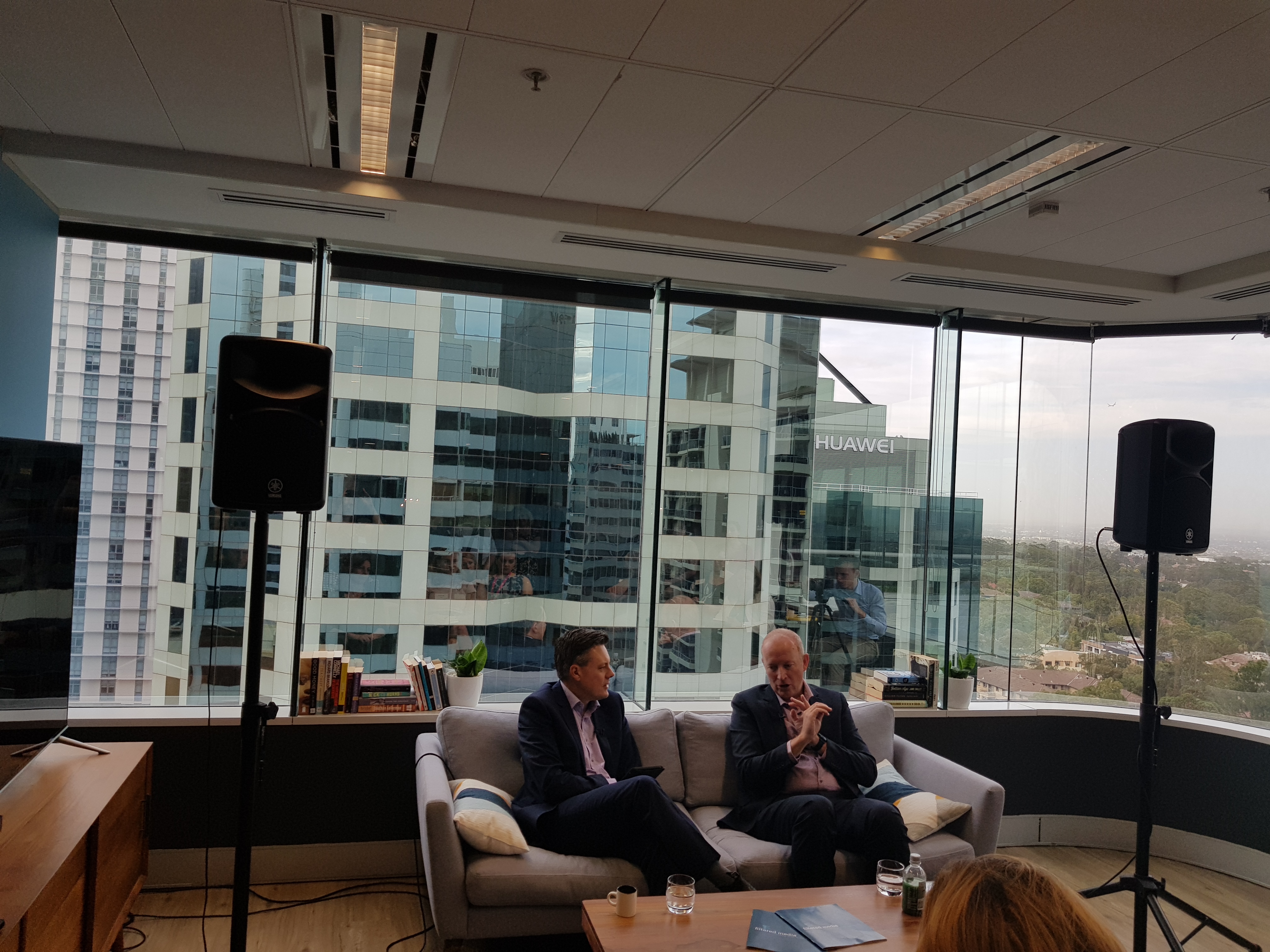Former Fairfax exec Sean Aylmer labels journalists ‘miserable’ and ‘insecure’, says revenue model is broken
Fairfax Media’s former editorial director who oversaw the company’s restructure and a series of redundancies has declared the revenue models of Fairfax, News Corp and the free-to-air television networks are broken.
Sean Aylmer also characterised journalists as “a miserable bunch” who are “insecure” and admitted any time he made an announcement about the company’s future to the Fairfax newsroom, it would inevitably end up in a rival News Corp publication.
“Anything I said to the journalists at Fairfax immediately appeared in News Corp publications,” he said at a Filtered Media event on storytelling this morning. “We leaked like a sieve.



Some honestly from a journo boss, how refreshing! Some good, true things in this.
“As soon as I lied, I mean I never lied” – which is it?
He’s right – it’s completely broken.
I cant imagine how he showed up every day. He clearly thought the business is stuffed and there”s only spin left.
“For me, what I was doing was effectively making people redundant and downsizing and trying to explain this to a news room of cynical, smart journalists. As soon as I lied, I mean I never lied, but as soon as I stretched the truth, you’re in all sorts of trouble.”
Management quote of the year.
I wonder what was making his staff feel ‘miserable’ and ‘insecure’.
It’s a shame Mr Aylmer didn’t have the sense to work constructively with his employees and their union to jointly recognise the issues and work on solutions. But that’s what you get when you make journalists senior managers. Where in his career did he acquire the skills and the experience to manage an organisation under such stress? Of course his journalists were nervous. Their jobs were at stake.
Some revenue models are challenged, but some news organisations are turning the corner – e.g. NYT. Sean you were one of the most creative and commercially-savvy journos I worked with, you need to be back in the industry to help turn it around in Australia.
Hold the front page! Journalists “miserable” and “insecure”. Now they’re just mostly unemployed or trying to get on with life as spin doctors. And they remain miserable and insecure, wishing they were still in a newsroom that valued real reporting.
OK, I get it, it’s not new news – “the revenue model is broken”; “There simply is not as much revenue as there used to be, therefore you have to cut costs”; Result: journalists are out of work and stressed, readers are forced to put up with the “reader demand” for more mind-numbing, time-wasting, distracting drivel about what the latest is on the Kardashian’s and anyone who wants to be like them, the Top 10 of everything, the latest cute cat/dog/frog video, whose top has slipped on the red carpet, how to make a million – get the drift? Meanwhile, the world is going off and doing what it does when there’s no one watching – lying and thieving and taking any advantage that it can, over dead bodies without a thought. If it weren’t for quality journalism the world would have exploded long ago. However, it still might next week.
SO – how will the revenue model be fixed? Is it a ‘revenue model’ that’s needed? Do we need to look at something entirely out of the box? I don’t have an answer, and I don’t think that one single person will, but lots of smart heads thinking together towards that common purpose just might save the day. It’s time wasting and stress-producing to point fingers and navel gaze about how great things used to be. There’s no going back, change is happening faster every day, so what does the future hold? Tomorrow, not next week or next year. Stop the drivel, distractions and smoke-screens for one.
There is no escaping the sunset reality of traditional media. In defence of journo’s… all staff behave the same way when the vessel is listing
Aussie Newspapers say they are a watchdog, with us, and good for informing the public, but what they actually seem to really like to is evoke annoyance/stir emotions in readers, and use suggestion to amplify conflict. Sounds like a housemate from hell. It’s there in black and white across 7 days of publishing. So I don’t bat an eyelid when Sean Aylmer characterised journalists as “a miserable bunch” who are “insecure,” it would explain a whole lot!